
TOP
Price on request
- YOM 2023
- 12000 l
Nr. 56306Pumpfass- mit 12.000lt. verzinkten Behälter- mit 1.700mm Fassdurchmesser- mit 1.000mm ausschwenkbaren Heckdeckel- mit 200mm Domdeckel- mit Sch
Premium Gold dealer

TOP
Price on request
Nr. 56306Pumpfass- mit 12.000lt. verzinkten Behälter- mit 1.700mm Fassdurchmesser- mit 1.000mm ausschwenkbaren Heckdeckel- mit 200mm Domdeckel- mit Sch
Premium Gold dealer
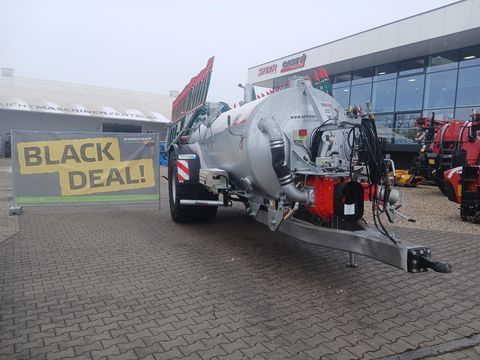
TOP
Price on request
Nr. 56308Vorführmaschine mit 777 FässernPumpfass- mit 9200lt. verzinkten Behälter- mit 1.600mm Fassdurchmesser- mit 1.000mm ausschwenkbaren Heckdeckel
Premium Gold dealer
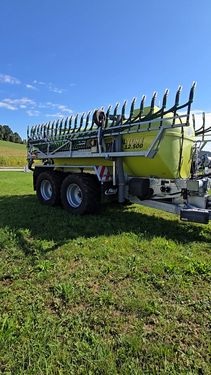
-3 %
102.626 €incl. VAT 20% Instead of:105.800 €
VorführmaschinePumpfasswagen PFW 12500 Poly Line Individual Tandem mit Schleppschuhverteiler SKATE 150- Tandem-Fahrgestell- zul. Gesamtgewicht 20500kg- v
Luger Handels GmbH.
4133 Niederkappel, Austria

Premium Plus dealer
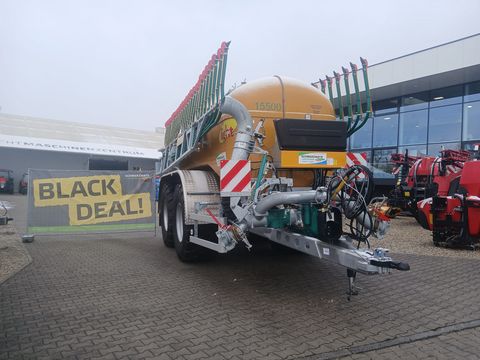
TOP
Price on request
Nr. 60882PumpfassSerienausrüstung: - mit 15.500 lt. glasfaserverstärkter Polyester-Behälter- mit Polyester Tank in gelb - mit feuerverzinktem Profilrahme
Premium Gold dealer
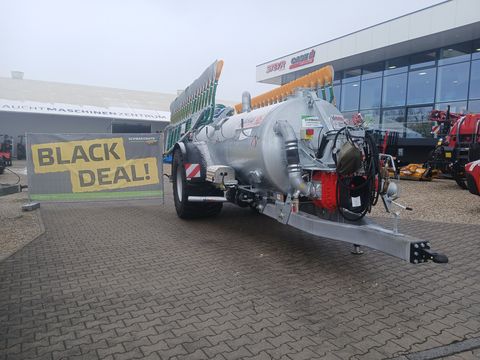
TOP
Price on request
Nr. 61719 Pumpfass- mit 8.400lt. verzinkten Behälter- mit 1.500mm Fassdurchmesser- mit 1.000mm ausschwenkbaren Heckdeckel- mit Schwallwand- mit 200mm D
Premium Gold dealer
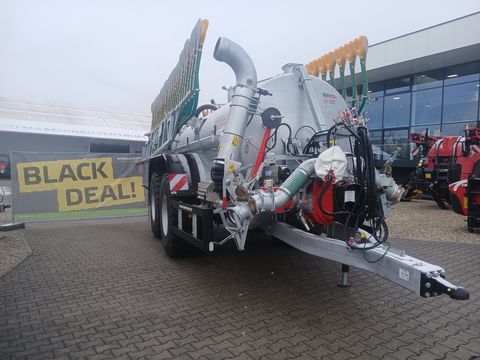
TOP
Price on request
Nr. 61728Pumpfass- mit 12.000lt. verzinkten Behälter- mit 1.700mm Fassdurchmesser- mit 1.000mm ausschwenkbaren Heckdeckel- mit 200mm Domdeckel- mit Sch
Premium Gold dealer

-20 %
2.080 €incl. VAT/ mediation Instead of:2.600 €
neuwertige PumpeLager tenneck Fertilization and irrigation equipment Liquid manure barrels
Grundbichler Josef - Landmaschinen
5431 Kuchl, Austria

Premium Plus dealer

-15 %
5.916 €VAT not applicable Instead of:6.960 €
Bauer V 54 mit Behälter beschädigt. Fasskörper ist eingedrückt. B 63 Kompressor und 550 60 225 Breitbereifung neuwertig. optimal für Bastler!!!aus einen Kleinbetr
Landtechnik Zechmeister GmbH & Co KG
4792 Münzkirchen, Austria

Premium Plus dealer
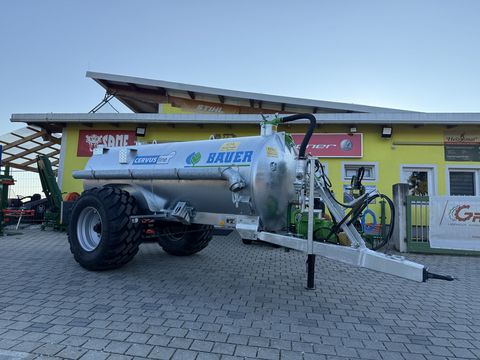
-6 %
32.336 €incl. VAT 20% Instead of:34.400 €
Bauer V63 Vakuumfass - Fassinhalt 6300Liter- Vollverzinkter Stahlbehälter- Untenanhängung - Bereifung 600/55R26, 5 BKT FL630 - 10 Loch Achse- Bergtalentle
Premium Gold dealer
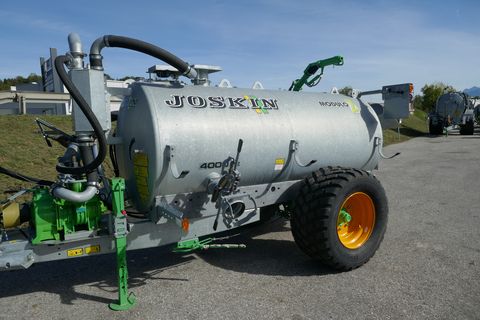
-5 %
24.605 €incl. VAT 20% Instead of:25.900 €
Joskin Modulo 2 4000 Liter, mit Garda Hochdruckpumpe und Weitwurfdüse, hydraulisch verstellbar, Bereifung: 560/45-22.5, hydraulische Bremse, einseitige Weitwinkelgel
Premium Gold dealer
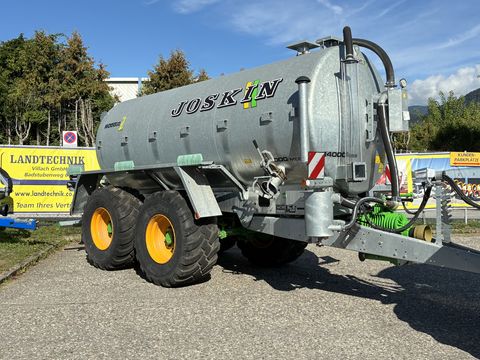
-5 %
56.905 €incl. VAT 20% Instead of:59.900 €
Joskin Vakuumfass Modulo 2, 14000 MEB mit gefederter Deichsel, Tandemachse, mit hydr. Nachlaufachse, mit Bereifung: 650/55R26, 5, Druckluft gebremst, 40 km/h Ausführu
Premium Gold dealer
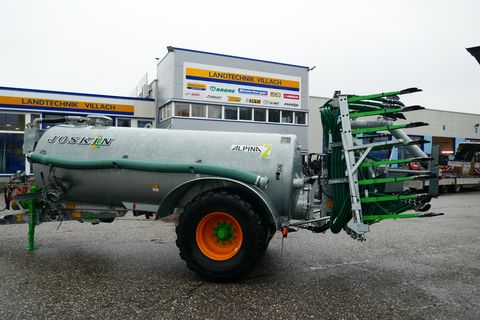
-5 %
47.405 €incl. VAT 20% Instead of:49.900 €
Joskin Alpina 2 8000 Vakuumfass mit Schleppschuhverteiler Pendislide Basic 75/30 mit elektrischer Komfortbedienung, mit Pumpe 8000 MEC, automatische Schmierung, Öko-
Premium Gold dealer
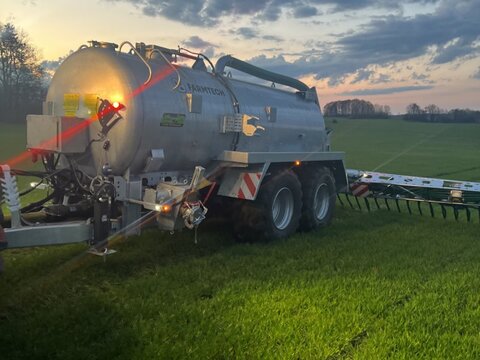
TOP
89.131 €incl. VAT 19%
Der Farmtech Ultracis 1200 ist ein leistungsstarkes und effizientes Pumpfass für anspruchsvolle Einsätze in der Gülletechnik. Diese Gebrauchtmaschine aus dem Baujahr
Raum Landmaschinen und KFZ e.K.
91238 Offenhausen, Germany

Premium Plus dealer

Classified ad
TOP
42.000 €
Verkaufe Lochmann Güllefass 11.000 l mit hydr. Triebachse, Bereifung 710/45 R 22.5 neuwertig, Berg/Tal Ausbringung, Nachlauflenkachse, Triebachse bis ca. 5 km/h, Vog
5311 Innerschwand, Austria
Slurry tankers are essential for any farm that wants to spread liquid manure as a natural fertilizer on fields and meadows. These tanks are specially designed for the safe and efficient transportation and spreading of large quantities of liquid manure.
The efficient use of liquid manure is not only a question of economic efficiency, but also of environmental protection. Proper spreading reduces ammonia emissions and reduces unpleasant odors. Modern dribble barrels or trailing shoe distributors enable liquid manure to be spread close to the ground, allowing the nutrients to penetrate the soil better and minimizing the risk of leaching into bodies of water.
Choosing the right size of liquid manure tanker depends heavily on the size of the farm and the prevailing soil conditions. Smaller tanks with a capacity of 2,000 to 6,000 liters are ideal for part-time farms or smaller fields, while larger farms usually opt for tanks with a capacity of up to 30,000 liters. Modern used slurry tankers are often equipped with pumps, cutting tools and even GPS technology to enable precise spreading.
Slurry tankers are available in different designs, adapted to the needs of different farms:
In many countries, there are strict legal requirements for the storage and spreading of liquid manure (e.g. when, how, what quantity). In some regions, there are also subsidy programs that support the purchase of modern slurry tanks and environmentally friendly spreading technology. When planning an investment in a slurry tanker, it is therefore worth finding out about the current funding opportunities.
Used slurry tankers are particularly attractive as they are a cost-effective alternative to new tankers. This is a sensible solution, especially for smaller farms or farmers who are just getting into slurry technology. However, there are a few factors to consider when choosing a used slurry tanker: The condition of the tank, the functionality of the pump and the stability of the chassis are crucial for long-term use. Tip: Ask your trusted dealer for a free test drive so that you can put the tanker through its paces before you buy.
Compact slurry tankers with a capacity of 2,000 to 6,000 liters are ideal for smaller farms. Models with a simple pump and manually operated valves are often sufficient here.
The capacity should be tailored to the size of the farm and the working conditions. For small and medium-sized farms, barrels with a capacity of 2,000 to 10,000 liters are often sufficient. For larger areas or in regions with longer transport routes, tanks with a capacity of 20,000 to 30,000 liters can be useful.
A slurry tanker should be serviced regularly to ensure reliable operation. Annual maintenance is recommended, during which the seals, pump and valves are checked and replaced if necessary. The condition of the tank and frame should also be inspected in order to detect damage caused by corrosion or wear at an early stage.
When buying a used slurry tanker, make sure that the tank has no cracks or rust spots on the tank. The seals should be intact and the pump should be in good working order. A functioning steering axle and a well-preserved frame are also important indicators of the tanker's reliability. Another important aspect is operability: easy-to-operate and low-maintenance models are recommended, especially for businesses with few workers.